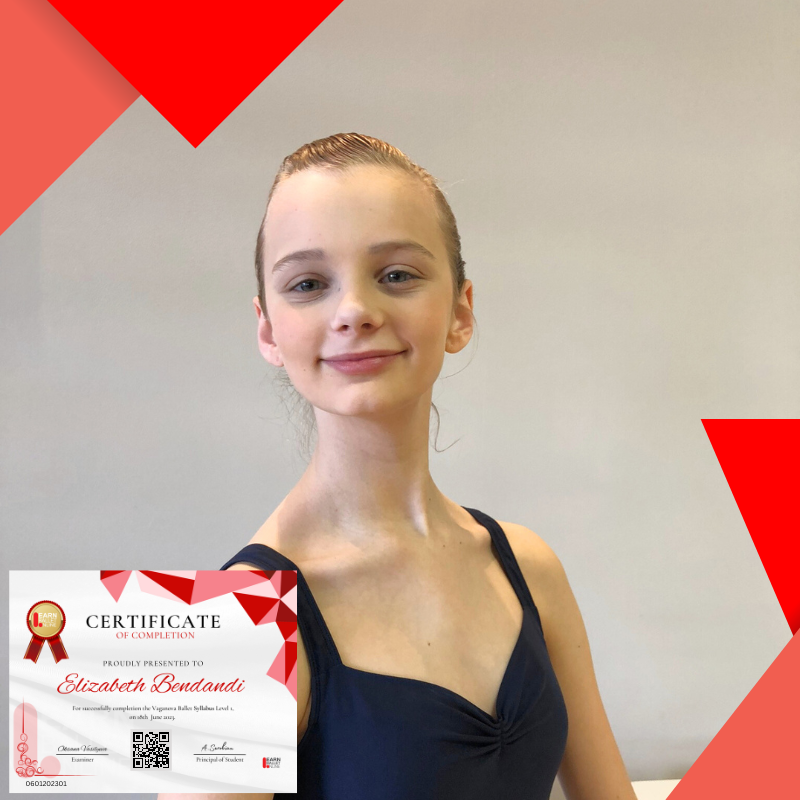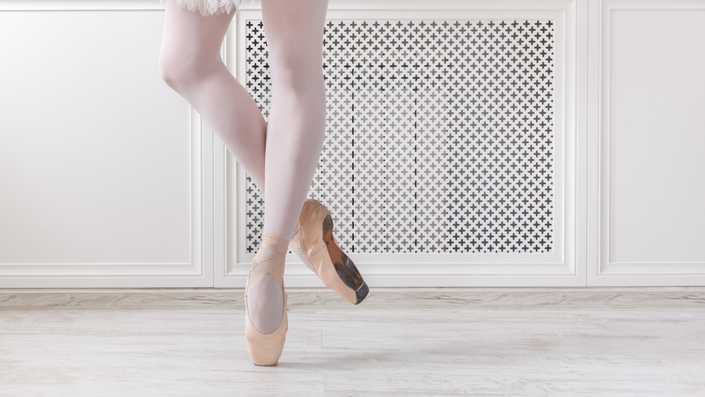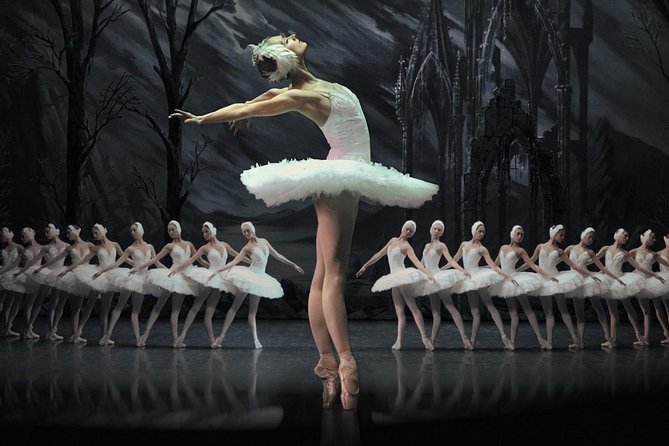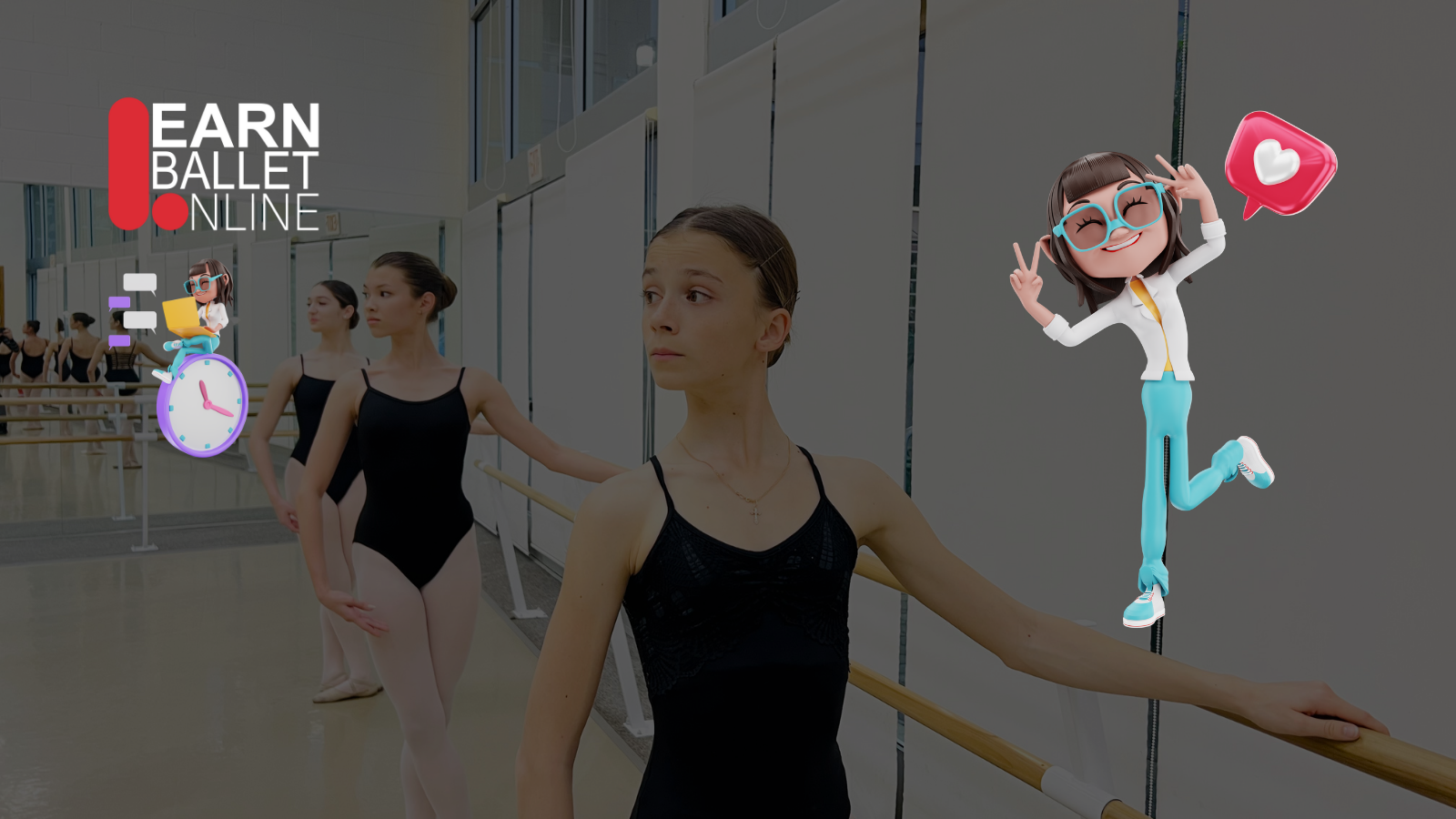Welcome to Learn Ballet Online.
Featured Courses
About Us
The reason we have launched "Learn Ballet Online" is because Ballet is a very complex and difficult art form. It is hard to understand until you start executing it. It is a multidimensional activity, involving physical, emotional and psychological elements. We do not believe that you can learn Ballet movements online, but you can learn the theory and comprehend how those movements are executed. Muscle memory can be a blessing and a curse - if you take a couple classes and learn incorrect technique, it will be very difficult to change! But, if you can understand the proper placement of your limbs and muscles, with the help of your teacher, your mind and body can guide you in the right direction.
No matter what style of dance you do, it is critical to train your body properly and practice correct technique to avoid injury. There is no instant gratification. Ballet is a process, a journey that you must be ready to take.
Whether your goal is to become a professional dancer, or to practice for your own enjoyment, taking our courses will offer you an opportunity to learn in-depth execution of classical steps. These steps are explained in accordance to a syllabus. Each lesson is crafted with instructions for execution of specific ballet combinations.

Congratulations to Elizabeth Bendandi!
The Vaganova Ballet Level 1 video program is truly a game changer but, were I only to say so, it would not matter much. Yet, my daughter started taking it out of curiosity, unbeknownst to her own Russian teacher, but after just two days the very Russian teacher asked me what had changed in Elizabeth’s practice, as she was impressed by the sudden, inexplicable improvement. When we told her about the Vaganova Ballet Level 1 program, she looked at each and every video. She confirmed that they are all made very professionally and that Elizabeth is certainly welcome to use them now and in the future in addition to her in-person classes. What Elizabeth likes the most is the comprehensiveness of the syllabus and the perfect way the program teaches how to perform all movements correctly.
-Maurizio Bendandi, Student of LearnBallet Online
Testimonial
The Vaganova Ballet Level 1 video program is truly a game changer but, were I only to say so, it would not matter much. Yet, my daughter started taking it out of curiosity, unbeknownst to her own Russian teacher, but after just two days the very Russian teacher asked me what had changed in Elizabeth’s practice, as she was impressed by the sudden, inexplicable improvement. When we told her about the Vaganova Ballet Level 1 program, she looked at each and every video. She confirmed that they are all made very professionally and that Elizabeth is certainly welcome to use them now and in the future in addition to her in-person classes. What Elizabeth likes the most is the comprehensiveness of the syllabus and the perfect way the program teaches how to perform all movements correctly.
-Maurizio Bendandi, Student of LearnBallet Online
"Enough detail to do it right and see myself improve!"
- Sabrina D, DCTV Ballet Academy
Exceptionalism truly defines and drives Arsen Serobian at Dance Channel TV Ballet Academy. It is rare to find a professional ballet artist and mentor, who has mastered Vaganova ballet theory/method, and now dedicates his tireless passion to the proper development of his students. Dance Channel TV Ballet Academy offers serious students a once in a lifetime opportunity to excel far beyond the resources provided by the world's most prestigious ballet academies.
- Bruce Benton, Student
What a relief to know there is someone like Arsen who still believes in the beauty and healing of ballet. His attention to detail, passion for perfection and mischievous sense of humor make every class a joy. If you're serious about dance or just enjoy watching for pleasure, you've come to the right place! He's the best with the best!
- Rania Pallad, Parent
We tried many ballet classes/studios trying to find the right fit for my 6yo daughter. Too many to count. Arsen is the first instructor who actually challenged my daughter and treated her like she was capable of more than even she or I thought. He gives tons of personal attention and corrections to every student. He is strict and disciplined with the kids but is still kind and funny and my daughter just adores him. All of the students and families have been welcoming and we feel like we are a part of a wonderful ballet family that my daughter can grow up in. I trust Arsen 100% with my daughter’s dance future. If your child has a passion for dance and you want the best technical training, I don’t believe there is a better choice in Los Angeles than Dance Channel TV Ballet Academy and Learn Ballet Online!
- Amy B , Parent
“Arsen’s stretch class made me understand the correct body placement for ballet better, which I can apply in ballet class.”
- Yuri N
"Stretch and conditioning class with Arsen is such an incredible class because you’re able to make real gains in your flexibility while strengthening all over. Arsen is very knowledgeable about anatomy and works with each person individually to help everyone no matter where they are in their athletic progress, be it conditioning, core strength or flexibility—and whatever you may personally be working on and want to get out of the class. I love feeling pushed to really work hard and push through the pain, which is when you actually get more flexible!"
- Brianna K,



